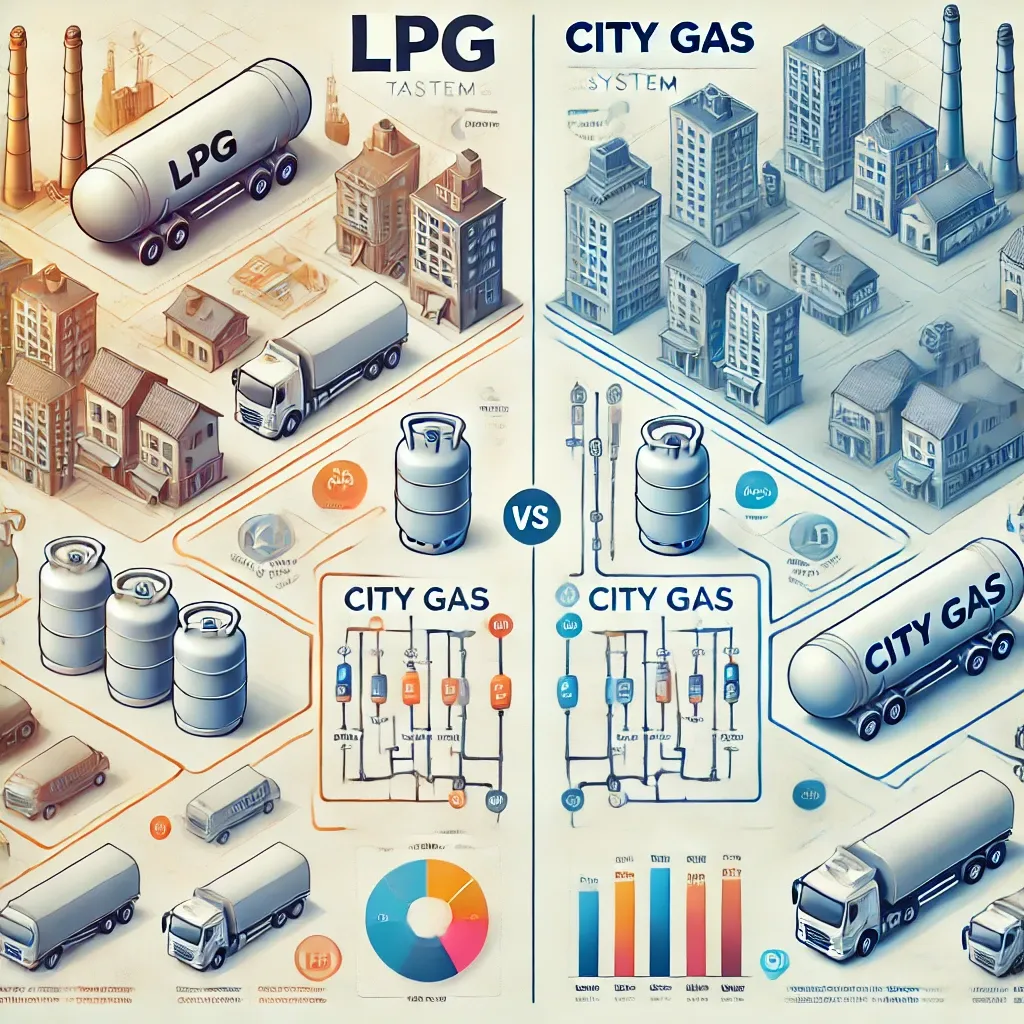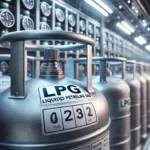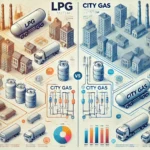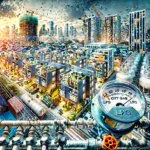Have you ever wondered about the differences between LPG city gas and other types of gas like LNG? How do they compare in terms of price, usage, and accessibility? This article breaks down everything you need to know.
LPG City Gas Difference
LPG (Liquefied Petroleum Gas) and city gas are two of the most commonly used sources of energy in many households and industries. Understanding the difference between the two is essential when considering fuel options for your home or business.
LPG, which is typically stored in cylinders or tanks, is made up of a mixture of propane and butane. It is primarily used in areas where pipeline infrastructure is unavailable, making it an ideal choice for rural or off-grid locations. City gas, on the other hand, is a natural gas distributed via pipelines that serve urban areas. This gas is mainly composed of methane and is commonly referred to as natural gas.
Key Differences:
-
Composition LPG consists of propane and butane, while city gas is primarily methane.
-
Storage LPG is stored in pressurized tanks, whereas city gas is supplied directly through pipelines.
-
Energy Content LPG has a higher energy content per unit than city gas, meaning it can deliver more energy in a smaller volume.
-
Availability LPG is widely available in rural areas and is more versatile in terms of storage and usage. City gas is primarily available in cities and requires a network of pipelines.
-
Cost LPG tends to be more expensive due to transportation and storage costs, while city gas is generally cheaper because it benefits from the existing pipeline infrastructure.
Understanding these distinctions can help you decide the best fuel option based on your location and energy needs.
LPG City Gas
LPG city gas is gaining popularity in cities as an alternative to traditional natural gas. It offers a convenient solution for areas where natural gas pipelines are either not available or too costly to install. One of the most significant advantages of LPG city gas is its portability. Unlike natural gas, which is dependent on a fixed pipeline system, LPG can be delivered and stored in tanks, making it more flexible.
How It Works:
LPG city gas typically uses a centralized distribution network that supplies various areas with LPG through pipelines. These networks are built to ensure that large areas can access gas in a way that minimizes supply disruptions. This system also incorporates advanced safety features to ensure that gas is delivered in a secure manner.
Benefits:
-
Flexibility Easily adaptable for areas with or without natural gas infrastructure.
-
Cost-Efficient In places where laying pipelines for city gas is not feasible, LPG can be a more affordable option.
-
Environmental Impact LPG produces fewer carbon emissions compared to some other fossil fuels, making it a more eco-friendly alternative.
However, while it offers flexibility, the cost of setting up an LPG city gas system can be higher in comparison to using natural gas, especially in areas where pipelines already exist.
City Gas LNG LPG Difference
When comparing LPG, LNG (Liquefied Natural Gas), and city gas, it’s important to consider their different properties, storage methods, and uses.
LPG vs LNG vs City Gas:
-
LPG Made from propane and butane, stored in pressurized tanks. More energy-dense and used for cooking, heating, and industrial applications.
-
LNG Primarily methane, stored at low temperatures in liquid form. It’s transported in large quantities over long distances and regasified upon arrival for distribution.
-
City Gas Typically natural gas (methane) delivered through pipelines, used for heating, cooking, and electricity generation in urban areas.
Key Considerations:
-
Energy Density LPG is more energy-dense than LNG or city gas, meaning it provides more energy per unit of gas.
-
Storage and Transportation LNG needs to be stored at low temperatures and is typically transported in cryogenic tanks. City gas, being a pipeline delivery system, doesn’t require large-scale storage like LPG and LNG.
-
Uses While all three can be used for heating, LPG is commonly used in rural areas or where pipeline infrastructure does not exist. LNG and city gas are more common in urban areas, where infrastructure allows for their safe distribution.
In choosing between these gas types, the decision often comes down to accessibility, cost, and the infrastructure available in a particular area.
Conclusion
Understanding the differences between LPG city gas, LNG, and natural city gas is crucial when considering which energy source is right for your needs. LPG is ideal for rural or off-grid locations due to its flexibility and high energy content, while city gas and LNG are better suited for urban areas with the necessary infrastructure. Each has its own set of benefits and limitations, making it essential to weigh factors such as cost, accessibility, and environmental impact when making a decision.
As the energy market continues to evolve, there will likely be more innovations in gas delivery and storage systems, making it easier and more affordable for consumers to access the type of energy that best meets their needs.
In the words of Benjamin Franklin, “An investment in knowledge pays the best interest.” Knowing these differences helps you make an informed decision that benefits both your wallet and the environment.






